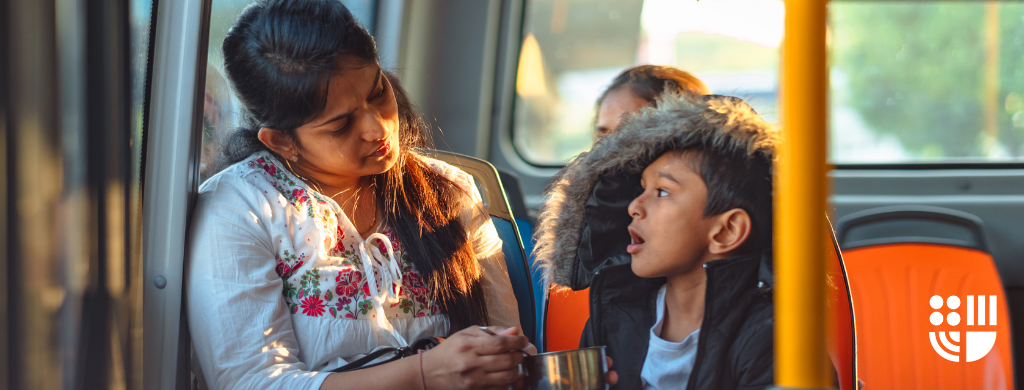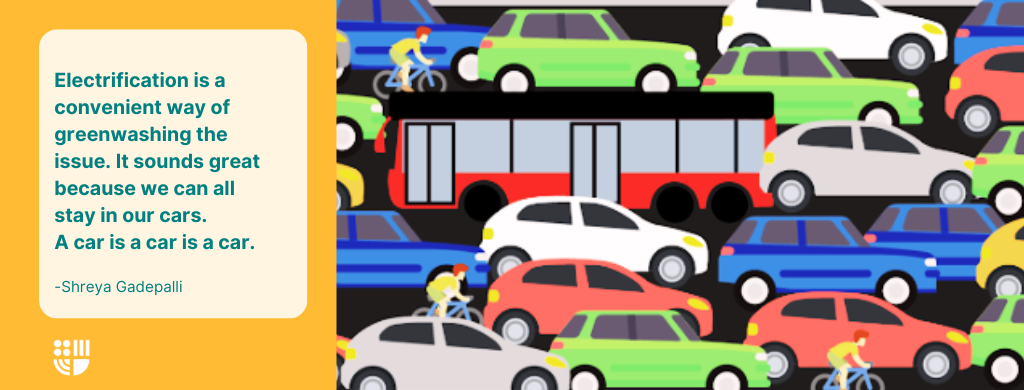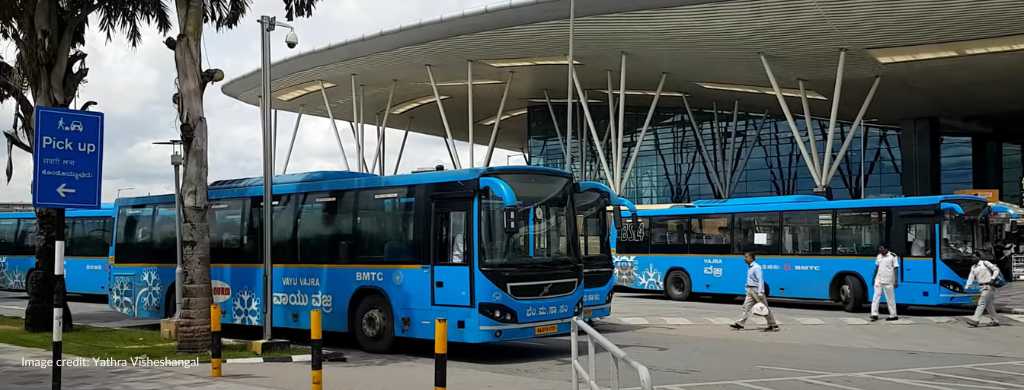In 2018-19, I spent 16 months in London while pursuing my Master’s. I explored the city and the countryside during this period mainly by walking and through public transport—buses, trains, and shared bicycles.
Although I come from a middle-class family in India, I never used a city bus for my daily commute (Ahmedabad, India). Apart from my occasional travels to Mumbai, Delhi, or Bangalore, I had never used local trains or metros. Instead, I rode a two-wheeler, and it was so convenient that even for a 700-meter ride, I would not walk. Walking was hard as there weren’t good footpaths. So, in that sense, when I arrived in the UK in 2019, the experience was intense. I had read some facts about London that said,
“37% of Londoners use public transport, that is more than 3 million people; without it, the city would halt.”
In the first month, I lived in a small town outside London. On my first day of venturing out and taking a train, I didn’t even know what had to be done with the paper ticket! I stood before the entry gate, trying to “tap” the paper ticket on the machine with impatient people behind me. An amused guard guided me, “Madam, you need to insert the ticket in the gap you see below. You TAP a card and INSERT the tickets.” he said.
That was quite simple. I inserted the ticket, and it came out from the other side. The automatic barrier opened loudly, and I skipped a beat while running through them. I looked back, waved at the guard, and said, “Sorry! I arrived in this country just yesterday!” And he instantly replied, “No problem at all. You have a good time, Madam!”
Introduction to the London Underground aka the Tube
I had heard that the “tube” is the fastest way to commute in the city. I laugh, remembering how petrified I was of this system when I first tried it. But that’s one thing about London: you can’t escape the tube! As I lived outside London, I would take one train, two tubes (underground speed trains), and one bus to the university daily. The travel time was 80 minutes,so I would leave at 7 a.m. By 9 a.m., I’d have walked about 4 km in total.

Although tubes can feel claustrophobic, and there is no network, you accept the reality in a few days. Listening to music is not great because the tube is too loud. Instead, I used this time to read books and saw many like me. This transport became a way for me to get book recommendations. If I saw a book more than thrice, I would take it as a “divine sign” and pick it up next!
All I See Is Public Transport
Soon, I shifted to London, and my best option to reach the university was to take two buses and a tube. No one ever asked me, “Why don’t you get an Uber?” The discussions were always around the better bus or tube to take. I sometimes skipped a bus to save 2 pounds and walked 20 minutes to the tube station instead. This was not inconvenient as the footpaths were well-lit and with green shade, and the streets were lively.
Everyone used public transport, whether it was my super-rich classmates or my boss at the part-time job. It was convenient in terms of accessibility, speed, and cost. The first time I saw a bus driver stop for a disabled person, I was pleasantly surprised. He stepped out and opened a ramp for the person to get his wheelchair on the bus. Everyone made space for them in a dedicated section of the bus. No one even stared at the person or showed any impatience.
The British Courtesy
Some aspects of the British courtesy were very intriguing. You may see bus and train drivers apologize for a delay of three minutes. I would think, “It’s okay, man. My time isn’t that valuable anyway!” I remember that my university bus had an unsaid culture of greeting the driver when getting on and off the bus in my university bus. It was very new for me initially! Every single person said “Hello” or “Good morning” when entering, and everyone said “Thank you” or “Good day” while leaving! An unsaid rule!
Also, staring is considered offensive (and is an offence, as far as I know), so you spend a lot of time looking at the floor, watching all the different footwear or trying to stare into oblivion (if there is a clear view). Every bit of this is an art, bringing a lot of safety. It’s a humbling and empowering feeling of “no one cares how I look”.
In London, all the public transport works cash-free. Like the metro stations in India, you can get these cards topped up with cash or credit/debit cards at the stations. The bus journeys have a special incentive. There is a pay-as-you-go adult fare of 1.55 pounds (in 2019) with a contactless payment card, and you make another bus or tram journey within an hour of touching in on a bus or tram; your second journey will be free!
This tactic is a great way to incentivise people to take the bus. Despite this incentive, one has to admit that the London buses are very slow and with the unfortunate lack of funding, they are also becoming more infrequent.

While in the tube station, you hear a lot of announcements. There are warnings to be careful on the escalators or while entering the doors. If you notice, there are a lot of unusual, funny ones like this one:
“Good morning, ladies and gentlemen; we have an important announcement. It is Monday morning, and we assume things will be a little better if you wear your smiles to your destination. If you manage to do this until Wednesday evening, remember, ONLY TWO DAYS TO GO!”
Most people would keep walking like zombies without breaking into a smile. Perhaps our joy is invisible and internal, like our love for emojis and short forms like ROFL.
Inside or outside the tube stations, you may see many talented artists (musicians, graffiti artists, dancers) performing for money and showcasing their talent. On the other hand, you also see many beggars and homeless people. And it’s just heartbreaking to see them eat, sleep, sit there. After a while, you sadly get used to this as well. So, however, divided by class, gender, and race, public transport brings British society together.

London is an entirely different world. I don’t intend to compare London’s affluence and innovation versus poverty in urban Indian cities such as Mumbai. It won’t be a fair or accurate comparison. But I certainly want to question our intent of making a better public transport system. It bothers me that having an excellent public transport system is not an aspiration in India, but buying expensive cars and building flyovers for them are aspirations.
With COVID-19, public transport has suffered across the world, including London. Naturally, health & safety is a concern. But I like the awe-inspiring effort made by the Mayor every few days to encourage people to use public transport. Transport for London (TFL) has come up with a creative but straightforward tagline:
“Do more of what you love: Bus it. Train it. Tube it.”
In India, travelling via public transport in most urban cities is often inconvenient and still considered a poor person’s choice. It is certainly not considered “cool.” Here are some of the stats presented by ITDP (Institute for Transportation and Development Policy):
“36.5 million people in India use a mode of public transport such as bus, train or tempo. Although this number is 10 million more than the population of Australia, it is a mere 18% of India’s total population. The national capital Delhi has about 6000 buses for a daily ridership of 4.3 million people.”
That sounds insane! Beyond this, Covid-19 has successfully dissuaded urban commuters from using public transport. Several states are shifting to electric buses, but at what rate? Another harsh reality is that people who can’t afford a private vehicle will have to take public transport despite all the inconveniences. Those who can afford it will choose convenience over anything else. So then, the goal must be to make public transport accessible, affordable and speedy.
As I begin my new job leading communications at the Urban Works Institute, I am trying to unpack my insecurities about using public transport. Should I take my bike or should I walk? Should I book a cab or take the train? Today, I took the train. I believe every small step and every effort counts.
(This article was first published on my website here. If you’d like to share something about this blog or my other work, please share in the comments below! I’d love to know.)




